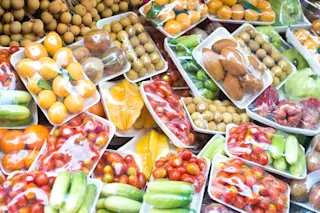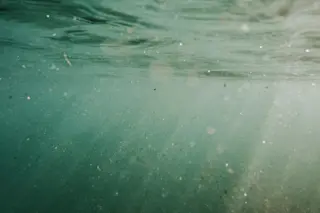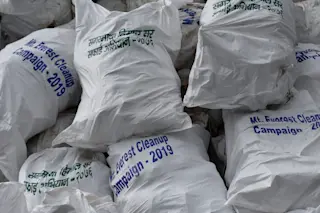On September 7 the environmental organization Earth Pledge plans a reprise of its highly acclaimed FutureFashion, a runway event in which top designers such as Stella McCartney, Calvin Klein, and Donatella Versace experiment with earth-friendly fabrics. “Not only was it exciting to use eco-friendly materials like hemp and cotton for an Atelier evening gown,” says Donatella Versace, whose dress was featured in FutureFashion earlier this year, “but also, it is about time all of us do whatever we can to go more green.”
Trendy greenies can now dress in a variety of eco-textiles, such as “sea leather” made from the discarded skins of nonendangered fish; weedlike hemp, which requires little fertilizer; bamboo, which needs no tending and whose extensive roots can prevent soil erosion; Ingeo, a fiber fermented from corn; or hardy nettles, which can grow in various habitats, including soil that has been overfertilized. The eco-aware can also buy ...















